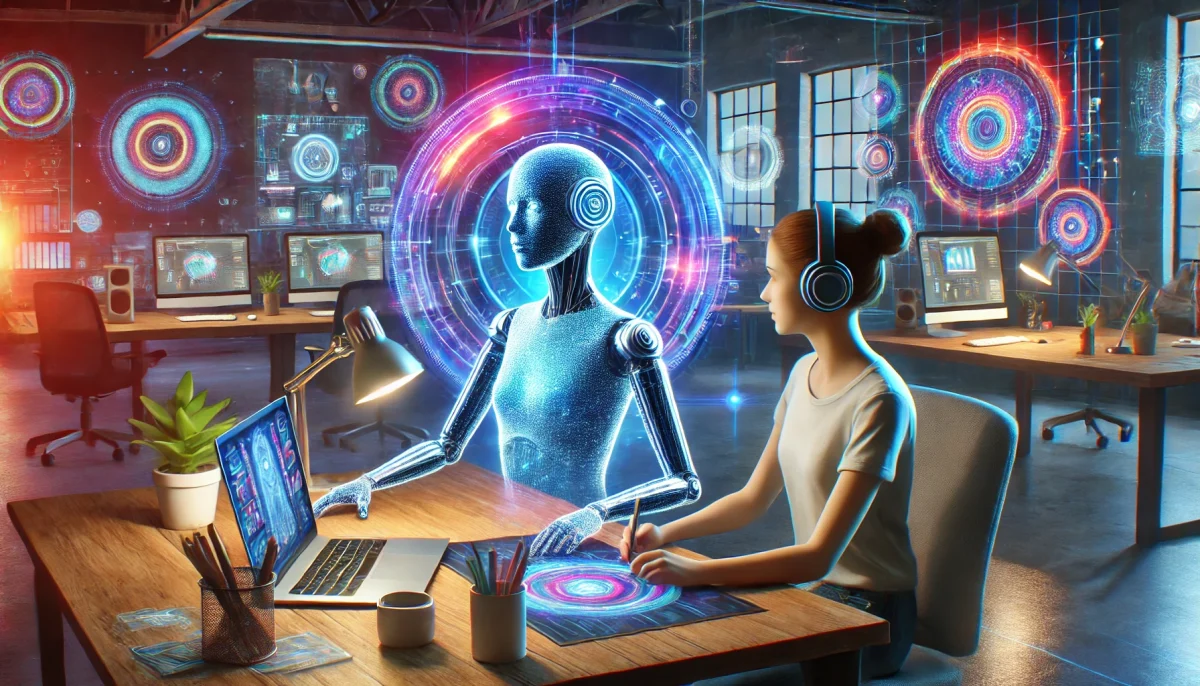Before joining my MBA program, I worked with Deloitte India as an analyst. The task by definition was simple, to make optimisation models using CPLEX to forecast energy demand needs in various parts of the country. However, the task didn’t seem so simple to a chemical engineer who had barely been exposed to coding in his lifetime.
Previously, I had never ventured into coding beyond arrays during school. So, building complex optimisation models was in itself a humongous task. Along with that, add the deadlines of a consulting firm with projects flowing in left and right, I had barely any time to ramp up. That is time I truly explored the potential of ChatGPT when it comes to coding.
I saw the difference it could create first handedly. During my two years at Deloitte, right about the end of year 1 is when ChatGPT’s fame suddenly shot up and everyone started using it for every single thing. Some had already started using it as the next Google. I, on the other hand was trying to make use of it as an effective Stack Overflow.
The resources and models I was working with were not frequently used, especially not in the power systems context, so getting any meaningful help from Google meant hours and hours of research at times. How ChatGPT helped me was to provide me answers to the smaller queries which helped me refine my research in a more meaningful way. It also provided me with code snippets which I could then appropriately adjust for my own code. It singlehandedly reduced the time I spent on Googling stuff.
That’s when I realised that ChatGPT or any other AI tool is not here to replace the existing tech completely but to enhance the way we do regular tasks and remove the redundancies.


